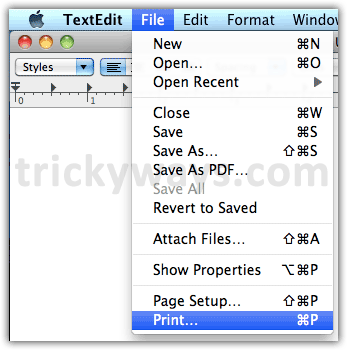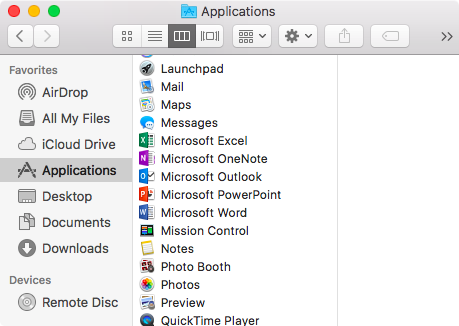- Microsoft Excel For Macbook
- Mac Os Verifying Microsoft Excel 2017
- Problems Verifying Microsoft Account
- Mac Os Verifying Microsoft Excel Free
- Mac Os Verifying Microsoft Excel 2017
- Excel For Mac Os
In Excel 2011 for mac, a PivotTable is a special kind of table that summarizes data from a table, data range, or database external to the workbook. If you’re PivotTable aficionado, you will be in seventh heaven with the new PivotTable capabilities in Office 2011 for Mac. Here’s how to make a PivotTable:
Jan 24, 2019 Unmistakably Office, designed for Mac. MacBook Pro Touch Bar is fully supported by Microsoft Excel. Typing an equals sign into a cell, Excel immediately pulls up the most recently used functions in the Touch Bar. Go easy on your eyes with Dark Mode. Then, go to the next step. If the problem seems to be resolved, you can move the Com.microsoft.Excel.plist file to the trash. Quit all Microsoft Office for Mac programs. On the Go menu, click Home. Open the Library folder. Note The Library folder is hidden in MAC OS X Lion. Quit out of all Office for Mac apps such as Word, Excel, PowerPoint, Outlook, and OneNote. Search for 'keychain' in Spotlight and launch the Keychain Access app. Select the login keychain entry in the top left navigator pane, then from the File menu, choose Lock Keychain 'login'. Excel for Office 365 for Mac Word for Office 365 for Mac Outlook for Office 365 for Mac PowerPoint for Office 365 for Mac Office 2019 for Mac Excel 2019 for Mac OneNote for Mac PowerPoint 2019 for Mac Word 2019 for Mac Office for business Office 365 for home. Microsoft AutoUpdate makes sure your copy of Office will always be up-to-date with. I am having trouble opening csv files correctly in MicroSoft Excel for Mac 2011, Version 14.1.0. The files will open but the dialog box to set the delimeter as a comma does not come up and thus all the columns are concatenated with commas.
Microsoft Excel For Macbook
Update Office from the Mac App Store. If you downloaded Office from the Mac App Store, and have automatic updates turned on, your apps will update automatically. But you can also manually download the updates: Open the Mac App Store from your Dock or Finder.

Mac Os Verifying Microsoft Excel 2017

(Optional) Select a cell in your data range or table.
Choose Data→PivotTable. Alternatively, on the Ribbon’s Tables tab, go to the Tools group and click Summarize with PivotTable.
Choose the data to analyze:
Make choices from the following options:
Location: If you performed Step 1, your table or range is already filled in for you. If you didn’t start with a table or range, you can select a data range or table using the mouse.
Use an External Data Source:Displays the Mac OS X ODBC dialog.
Choose where to put the PivotTable:
New Worksheet: If selected, adds a new sheet to the workbook and places your PivotTable in Cell A1 of the new worksheet.
Existing Worksheet:Choose a cell on your worksheet. The cell will be the upper-leftmost corner of your PivotTable. Make sure there’s enough room so your PivotTable doesn’t overlap existing cell ranges.
Click OK.
Drag field names from the Field Name section at the top to the panes below.
Selecting and deselecting the field names includes or excludes the columns from the pivot table.
Clicking the pop-up buttons within the pivot table displays Filter dialogs appropriate for the data type in your pivot table.
You can filter the Field Name list by typing field names in the search box in the Pivot Table Builder dialog.
Drag fields from one pane to another to generate new pivot table variations.
Problems Verifying Microsoft Account
You can change the column names, calculations, and number formats provided by the PivotTable Builder. There’s a little information button at the right end of each field name in the panels at the bottom of the PivotTable Builder. Click the information button to display the PivotTable Field dialog. The properties displayed are for the field name of the button you clicked:
Mac Os Verifying Microsoft Excel Free
Mac Os Verifying Microsoft Excel 2017
Field Name (Optional): Type a new field name.
Summarize By: Choose which type of calculation to use.
Show Data As: Select how you want to show the data from the pop-up menu. You can choose from Normal, Difference From, % Of, % Difference From, Running Total In, % of Row, % of Column, % of Total, or Index.
Base Field and Base Item: If you choose Difference Fromin the Show Data As pop-up menu, choose which fields you’re comparing.
Delete: Removes this field from the PivotTable report.
Number: Displays the Number tab of the Format Cells dialog so you can choose a number format or make a custom number format.
Excel For Mac Os
When you select a cell in a PivotTable, look at the Ribbon to find the PivotTable tab, which you click to display all sorts of PivotTable tools. The PivotTable tab is for experts. PivotTable Ribbon offers additional formatting options and still more controls for your PivotTable, but it goes beyond the scope of this book. If you find PivotTables to be useful, then by all means explore the PivotTable Ribbon.